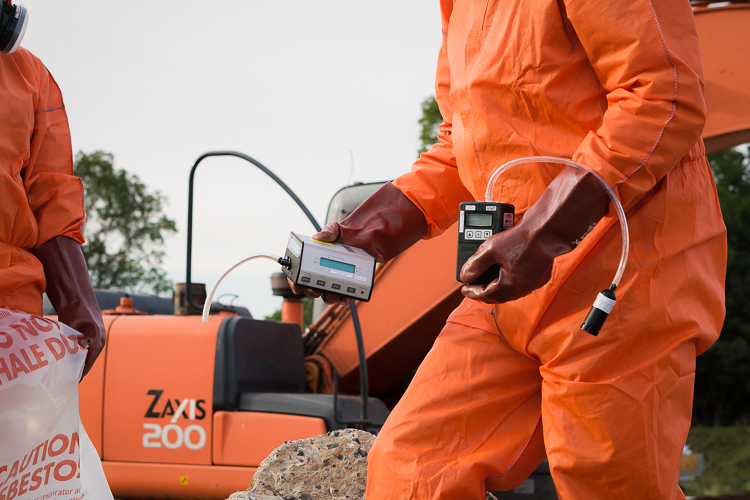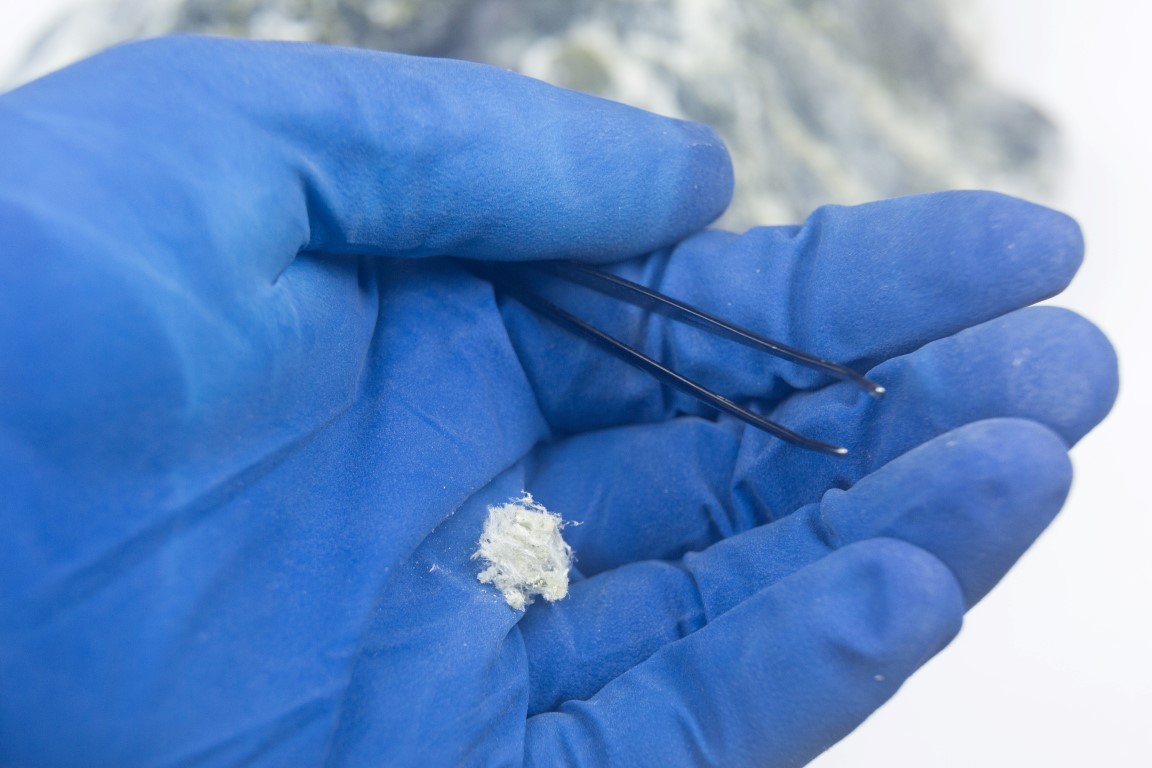The Complete Process of Accredited Asbestos Evaluating to Guarantee Home Compliance
In the world of building monitoring and compliance, the process of accredited asbestos testing stands as an important element to ensure the safety and security and wellness of residents. From the first analysis to the last analysis of outcomes, each phase plays an essential duty in figuring out the presence of asbestos within a residential property.
Accredited Asbestos Screening: First Evaluation
In carrying out the first evaluation for recognized asbestos testing, a meticulous evaluation of the building's products is essential to accurately recognize possible asbestos-containing products. This vital action includes visually evaluating all areas of the building, consisting of ceilings, wall surfaces, flooring, insulation, and various other structure materials that might nurture asbestos. Unique attention is provided to materials that are vulnerable to damage or disturbance, as these circumstances can release damaging asbestos fibers into the air. Furthermore, sampling of presumed materials may be essential to verify the visibility of asbestos with lab analysis.
Recognized asbestos assessors adhere to rigorous methods established by regulative bodies to make sure the accuracy and integrity of the screening procedure. By carefully recording findings and making use of innovative testing methods, assessors can offer homeowner with an extensive record outlining the existence of asbestos, if any type of, and the suggested actions for mitigation or elimination. This first analysis establishes the structure for succeeding activities to address asbestos problems and ensure the safety and security and compliance of the home.
Example Collection Treatments for Asbestos Checking
Effective example collection procedures are important in making sure exact asbestos testing outcomes and conformity with governing criteria. When collecting samples for asbestos screening, it is vital to follow rigorous methods to reduce the threat of contamination and guarantee the reliability of the outcomes.
To start with, it is essential to determine the believed asbestos-containing materials (ACMs) and focus on tasting areas based on elements such as the material's problem, availability, and possibility for disruption. Asbestos Testing. Samples should be gathered from various areas within the building to offer an extensive analysis of asbestos existence
Throughout example collection, accredited specialists should wear appropriate personal safety tools (PPE) to safeguard versus asbestos exposure. They should make use of tidy tools, such as non reusable handwear covers and plastic sheet, to avoid cross-contamination in between samples. Samples should be very carefully accumulated making use of a defined technique, such as wet cleaning or coring, and securely secured in airtight containers to protect their honesty throughout transport to the laboratory for analysis.
Lab Analysis Refine for Asbestos Samples
Upon completion of the example collection procedure, the asbestos examples are thoroughly moved to approved labs for precise evaluation. At the lab, trained technicians deal with the samples with severe care to prevent any type of cross-contamination or example destruction. The primary step in the research laboratory evaluation procedure is sample preparation, where the collected examples are look at this website very carefully refined to draw out the asbestos fibers. Asbestos Testing. This action is vital to ensure exact lead to the subsequent evaluation.

When the analysis is complete, an in-depth record is created, laying out the findings and verifying whether asbestos is present, the kind of asbestos fibers recognized, and the focus levels. This information is important for homeowner to take the required steps to guarantee conformity with asbestos regulations and guard the wellness of passengers.

Reporting and Interpretation of Asbestos Examination Outcomes
Certified asbestos screening laboratories give in-depth reports that supply essential understandings into the existence, kind, and focus levels of asbestos fibers discovered in examples collected from residential or commercial properties. These records are essential for homeowner and managers to recognize the danger postured by asbestos and make informed decisions regarding its management or elimination. The records generally consist of information on the approaches utilized for screening, the locations where samples were taken, the type of asbestos identified (such as chrysotile, amosite, or crocidolite), and the concentration degrees of asbestos fibers spotted.
Interpreting these results calls for knowledge to examine the possible health and wellness dangers related to asbestos direct exposure, identify the appropriate course of activity, and make certain regulative conformity (Asbestos Testing). Depending upon the searchings for, recommendations may range from proceeded surveillance and upkeep to encapsulation or complete asbestos abatement. Homeowner should very carefully assess these reports and talk to asbestos experts to establish read an extensive prepare for dealing with any kind of asbestos issues determined
Ensuring Home Conformity With Asbestos Regulations
To maintain adherence with asbestos guidelines, residential or commercial property owners have to diligently implement steps to make sure compliance with relevant legislations and standards. Once asbestos is identified, residential or commercial property proprietors need to follow asbestos management prepares that rundown correct control, removal, or encapsulation procedures to stop direct exposure and spread of asbestos fibers.
Building owners should provide asbestos understanding training to workers and owners to decrease the risk of asbestos direct exposure and ensure proper handling of materials that might consist of asbestos. Furthermore, it is critical to remain informed concerning any updates or adjustments in asbestos laws to change administration techniques appropriately. By proactively resolving asbestos compliance requirements, homeowner can produce a risk-free setting for passengers and mitigate potential legal and health threats related to asbestos direct exposure.
Final Thought
In conclusion, accredited asbestos testing is an essential procedure for guaranteeing residential or commercial property compliance with guidelines. The first analysis, example collection procedures, laboratory evaluation, and interpretation of outcomes are all vital steps in this procedure. By following these procedures, property owners can identify and attend to any kind of asbestos threats present, shielding the health and wellness of occupants and maintaining conformity with regulatory demands.